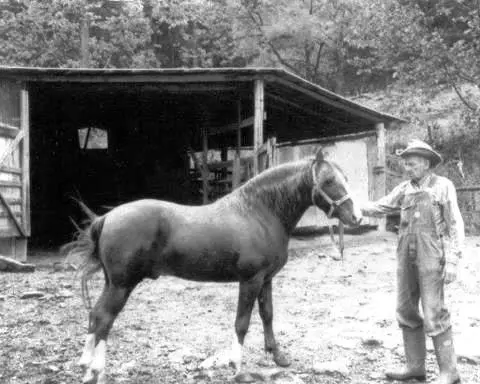Little April
14.2 HH 13yo registered and certifed RMHA mare. . She is a proven broodmare. Super easy for anyone to ride and has a natural 4 beat gait! Super kind and friendly.
April is ready to take you on any trail any day for as long as you want!
LOCATION is in Northern California. email for additional info. Susantravers27@gmail.com



